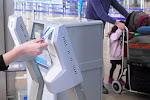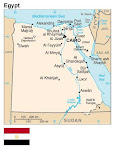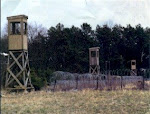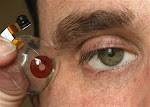 PARIS-Europe's brand-new robot space freighter inched towards the International Space Station (ISS) on Monday as mission controllers practised emergency manoeuvres ahead of a maiden linkup on Thursday.Navigating for the first time with a laser-based optical system, the Automated Transfer Vehicle (ATV) moved to within just 11 metres (35.75 feet) of the ISS' docking port, the European Space Agency (ESA) said.
PARIS-Europe's brand-new robot space freighter inched towards the International Space Station (ISS) on Monday as mission controllers practised emergency manoeuvres ahead of a maiden linkup on Thursday.Navigating for the first time with a laser-based optical system, the Automated Transfer Vehicle (ATV) moved to within just 11 metres (35.75 feet) of the ISS' docking port, the European Space Agency (ESA) said.Mission control in Toulouse, southwestern France, also put the cargo ship through close-proximity and control drills as the distance gently narrowed.After reaching the 11-metre mark (35.75 feet), the ATV was pulled back to a scheduled distance of 19 metres (61.75 feet) and then moved sideways, out of the ISS' orbital path, live footage shown by the NASA website showed."We have a confirmation from ATV CC [control centre] from escape manoeuvres having been successfully performed," said Russian ISS flight engineer Yuri Malenchenko, whose remarks were translated into English in the website transmission.The nearly 20-tonne freighter, launched on March 9, is designed to dock automatically Thursday at around 1440 GMT with the Russian-made module Zvezda, one of the earliest components of the orbital outpost in space.Named after Jules Verne, the French author who pioneered science fiction, the vehicle carries 7.5 tonnes of water, food and other essentials.Designing and building it has cost ESA 1.3 billion euros (2.01 billion dollars). Four more cargo ships are in the works, with their assembly and launch each costing just over 300 million euros.Mastering automatic-docking technology is considered a key to assembling spaceships in orbit for long-term missions, such as to Mars.
As in the days of Noah....






















































































.bmp)

























.bmp)